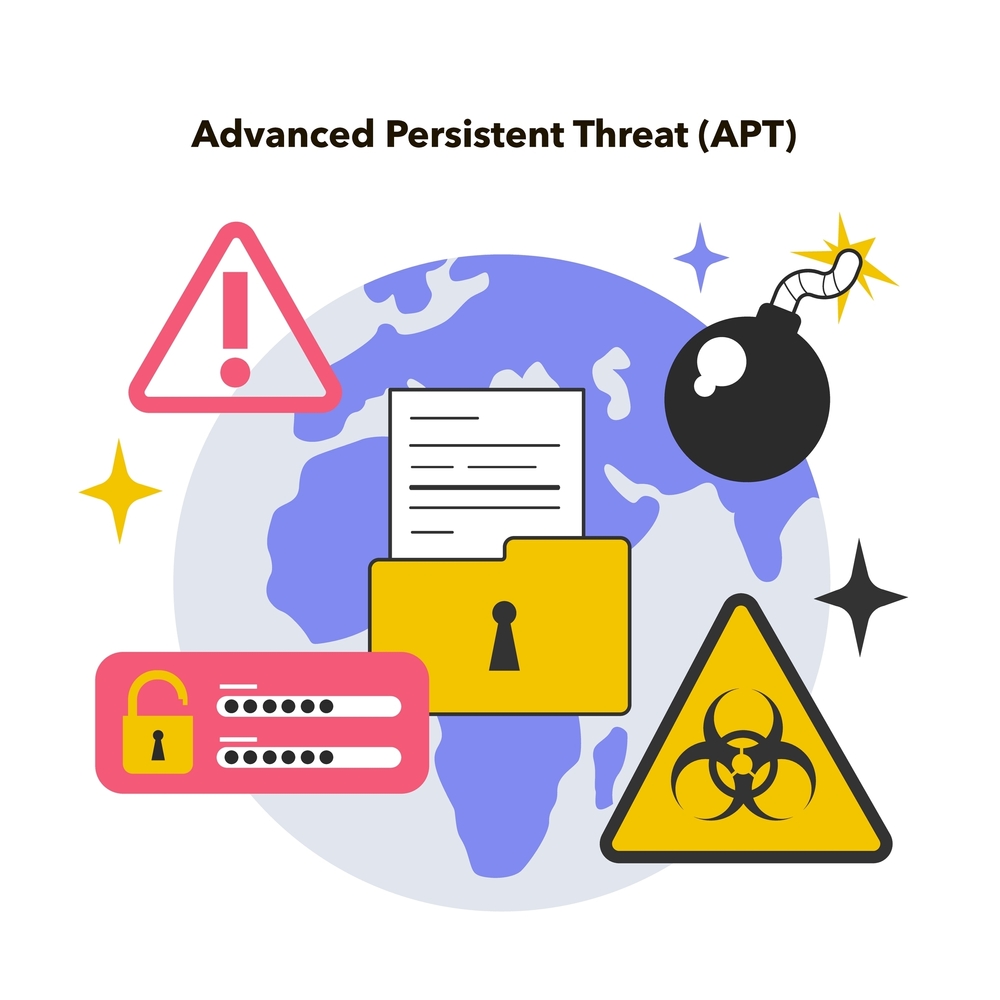Defending Against Advanced Persistent Threats
Advanced Persistent Threats (APTs) represent some of the most dangerous and sophisticated forms of cyberattacks that organizations face today. Unlike traditional cyberattacks, which are often quick and opportunistic, APTs involve prolonged, targeted attacks designed to infiltrate an organization’s network and remain undetected for as long as possible. Understanding how to defend against these threats is critical for maintaining the security and integrity of sensitive data.
What Are Advanced Persistent Threats?
APTs are highly targeted cyberattacks that aim to gain unauthorized access to a network and stay there for an extended period. These attacks are typically orchestrated by well-funded and skilled cybercriminals, often with backing from nation-states or large criminal organizations. The primary objectives of APTs are to steal sensitive information, disrupt operations, or conduct espionage.
How APTs Operate
APTs typically unfold in several stages:
- Reconnaissance: Attackers conduct extensive research on their target, gathering information about the organization’s network, employees, and potential vulnerabilities.
- Initial Compromise: Using tactics such as spear-phishing, malware, or exploiting vulnerabilities, attackers gain initial access to the target network.
- Establishing a Foothold: Once inside, attackers establish a presence within the network, often through backdoors or remote access tools (RATs), to ensure ongoing access.
- Lateral Movement: Attackers move laterally across the network, escalating privileges and gaining access to more sensitive areas.
- Data Exfiltration: The attackers identify and extract valuable data, often slowly and in small amounts to avoid detection.
- Maintaining Persistence: APTs are designed to be long-term threats, so attackers take steps to remain undetected, such as using encryption, mimicking legitimate network traffic, or creating multiple backdoors.

Key Strategies for Defending Against APTs
Defending against APTs requires a multi-layered approach that combines advanced security technologies, proactive threat hunting, and employee awareness. Here are some key strategies:
1. Implement Strong Access Controls
Controlling who has access to your network and sensitive data is crucial in preventing APTs. Implement the principle of least privilege (PoLP), ensuring that users only have the minimum access necessary for their roles. Use multi-factor authentication (MFA) to add an extra layer of security, particularly for accessing critical systems.
2. Deploy Advanced Threat Detection Tools
Traditional security tools like firewalls and antivirus software are not enough to detect APTs. Deploy advanced threat detection tools, such as intrusion detection systems (IDS), intrusion prevention systems (IPS), and security information and event management (SIEM) systems. These tools can monitor network traffic for signs of unusual behavior, helping to identify and respond to threats quickly.
3. Regularly Patch and Update Software
Attackers often exploit known vulnerabilities in software and systems to gain access to networks. Regularly updating and patching software is critical to closing these security gaps. Establish a patch management process that ensures all systems are up-to-date with the latest security fixes.
4. Conduct Continuous Monitoring and Threat Hunting
Continuous monitoring of network activity is essential for detecting APTs early. Use advanced analytics and machine learning to identify patterns that may indicate a threat. Additionally, proactive threat hunting can help identify and mitigate threats before they escalate.
5. Implement Network Segmentation
Segmenting your network can limit the damage caused by an APT. By dividing the network into smaller, isolated segments, you can contain an attack and prevent it from spreading. Ensure that critical systems are separated from less secure areas of the network, and restrict lateral movement with strong internal firewalls and access controls.
6. Train Employees on Security Best Practices
Human error is often the weakest link in cybersecurity. Educate employees on security best practices, such as recognizing phishing attempts, using strong passwords, and reporting suspicious activity. Regular training can significantly reduce the risk of an APT gaining access to your network through social engineering tactics.
7. Develop and Test an Incident Response Plan
Despite your best efforts, no defense is foolproof. Prepare for the worst by developing a comprehensive incident response plan. This plan should outline the steps to take in the event of a breach, including identifying the source, containing the threat, eradicating the attacker’s presence, and recovering systems. Regularly test and update your plan to ensure it remains effective against evolving threats.
The Role of Threat Intelligence in APT Defense
Threat intelligence is a crucial component in defending against APTs. By gathering information on the tactics, techniques, and procedures (TTPs) used by attackers, organizations can better understand the threats they face and tailor their defenses accordingly. Subscribe to threat intelligence feeds, collaborate with industry peers, and participate in information-sharing communities to stay informed about the latest threats.
Conclusion
Advanced Persistent Threats pose a significant challenge to organizations of all sizes. These attacks are sophisticated, targeted, and designed to evade traditional security measures. Defending against APTs requires a combination of strong access controls, advanced threat detection tools, continuous monitoring, and employee education. By implementing these strategies, organizations can better protect themselves from the long-term impact of these dangerous threats.
For more information on IT services and Advanced Persistent Threats solutions, visit NABCO IT Services.
Advanced Persistent Threats; For professional assistance with data security, contact us to ensure your organization is protected with the latest security measures.
Read more related articles to enhance your knowledge
What is Data Security? The Ultimate Guide
Why Data Security Matters: Protecting Your Information in a Digital World



